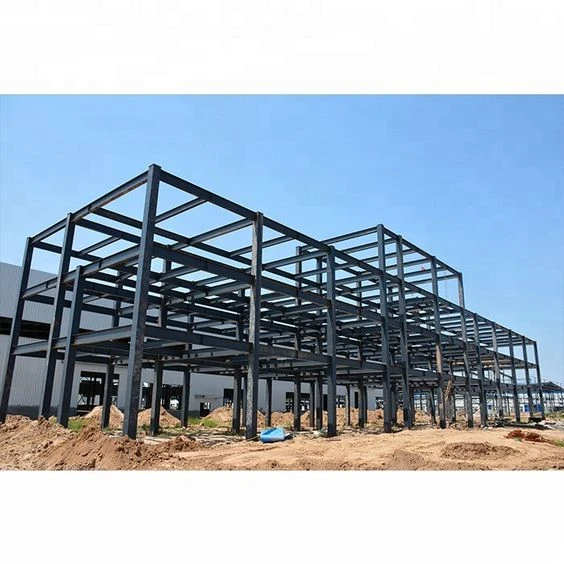- Afrikaans
- Albanian
- Amharic
- Arabic
- Armenian
- Azerbaijani
- Basque
- Belarusian
- Bengali
- Bosnian
- Bulgarian
- Catalan
- Cebuano
- Corsican
- Croatian
- Czech
- Danish
- Dutch
- English
- Esperanto
- Estonian
- Finnish
- French
- Frisian
- Galician
- Georgian
- German
- Greek
- Gujarati
- Haitian Creole
- hausa
- hawaiian
- Hebrew
- Hindi
- Miao
- Hungarian
- Icelandic
- igbo
- Indonesian
- irish
- Italian
- Japanese
- Javanese
- Kannada
- kazakh
- Khmer
- Rwandese
- Korean
- Kurdish
- Kyrgyz
- Lao
- Latin
- Latvian
- Lithuanian
- Luxembourgish
- Macedonian
- Malgashi
- Malay
- Malayalam
- Maltese
- Maori
- Marathi
- Mongolian
- Myanmar
- Nepali
- Norwegian
- Norwegian
- Occitan
- Pashto
- Persian
- Polish
- Portuguese
- Punjabi
- Romanian
- Russian
- Samoan
- Scottish Gaelic
- Serbian
- Sesotho
- Shona
- Sindhi
- Sinhala
- Slovak
- Slovenian
- Somali
- Spanish
- Sundanese
- Swahili
- Swedish
- Tagalog
- Tajik
- Tamil
- Tatar
- Telugu
- Thai
- Turkish
- Turkmen
- Ukrainian
- Urdu
- Uighur
- Uzbek
- Vietnamese
- Welsh
- Bantu
- Yiddish
- Yoruba
- Zulu
നവം . 06, 2024 15:39 Back to list
Steel Frame Industrial Buildings The Backbone of Modern Industry
In the ever-evolving landscape of industrial construction, steel frame buildings have emerged as a predominant choice. The combination of versatility, strength, and cost-effectiveness positions these structures as the backbone of modern industry. As businesses expand and the global market demands more efficient solutions, steel frame industrial buildings stand out for their practicality and durability.
The Advantages of Steel Frames
One of the primary advantages of steel framework is its exceptional strength-to-weight ratio. Steel can withstand substantial loads while remaining relatively lightweight, which allows for the construction of larger spans without the need for excessive structural support. This characteristic is particularly beneficial in manufacturing and warehousing situations where open space is essential for efficient operations.
Moreover, the construction speed is a crucial factor for industrial projects, and steel frame buildings excel in this area. Prefabricated steel components can be manufactured in factories and delivered to the construction site, significantly reducing the time required for assembly. This rapid construction method minimizes downtime and allows businesses to commence operations sooner, enhancing productivity and profitability.
Design Flexibility
The flexibility in design that steel frames afford cannot be overlooked. When compared to traditional materials, steel's adaptability allows architects and engineers to create innovative designs tailored to specific operational needs. The ability to modify layouts and expand structures without significant additional costs makes steel frame buildings an attractive option for dynamic industries such as logistics, manufacturing, and technology.
Furthermore, as sustainability becomes a pivotal concern in construction, steel demonstrates outstanding qualities in this regard. Steel is fully recyclable, which not only lowers the demand for new raw materials but also aligns with modern environmental practices. Many companies now prioritize eco-friendly designs, and using recycled steel contributes significantly to green building initiatives.
steel frame industrial building

Case Studies Successful Implementations
Numerous examples confirm the efficacy of steel frame structures in industrial settings. Companies like Amazon and Tesla have adopted steel frame designs for their distribution centers and manufacturing plants, respectively. These facilities showcase expansive open spaces that facilitate efficient workflow and logistics management, which are essential for meeting the demands of a competitive market.
In sectors like food processing or pharmaceuticals, hygiene and adaptability are critical. Steel frame buildings can be easily adapted or reconfigured to meet the strict regulatory requirements that these industries face. The ability to clean and maintain a steel structure effectively ensures compliance with safety standards, thus providing peace of mind for operators.
The Future of Steel Frame Buildings
Looking towards the future, the continuous advancements in steel technology promise even more efficient building practices. Innovations such as lightweight steel frames and improved corrosion-resistant coatings will enhance durability and reduce maintenance costs. Furthermore, the integration of smart technologies in steel buildings, including energy management systems, will drive efficiency and sustainability.
As industries worldwide face the challenges of climate change and resource scarcity, the demand for resilient and eco-conscious building solutions will only increase. Steel frame structures are well-positioned to meet these demands, serving as a sustainable option that accommodates rapid development, operational flexibility, and ongoing innovation.
Conclusion
In conclusion, steel frame industrial buildings represent a paradigm shift in construction methodology. Their strength, efficiency, design flexibility, and sustainability feature prominently in making them a preferred choice for numerous industries. As the industrial sector progresses, embracing modern technological advancements and best practices, steel frame buildings will undoubtedly continue to play a vital role in shaping the architecture of the future. Through their robust characteristics, these buildings not only support current demands but also pave the way for advancements that will define the industrial landscape for decades to come. With the growing emphasis on sustainability and efficiency, the adoption of steel frames is not just a trend—it’s a strategic move towards a resilient industrial future.
-
Cold Formed Steel Residential Framing
NewsMay.21,2025
-
Innovative Steel Structure Building Solutions
NewsMay.19,2025
-
Innovative Prefab Metal Shed Solutions
NewsMay.19,2025
-
Durable Steel Horse Shelter Solutions
NewsMay.19,2025
-
Durable Metal Shed Solutions
NewsMay.19,2025
-
Durable Big Metal Shed Solutions
NewsMay.19,2025
Products categories
Our Latest News
We have a professional design team and an excellent production and construction team.












